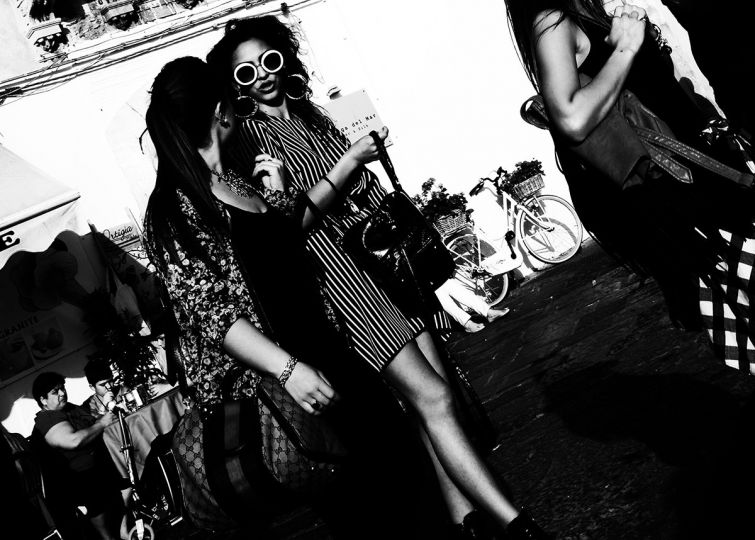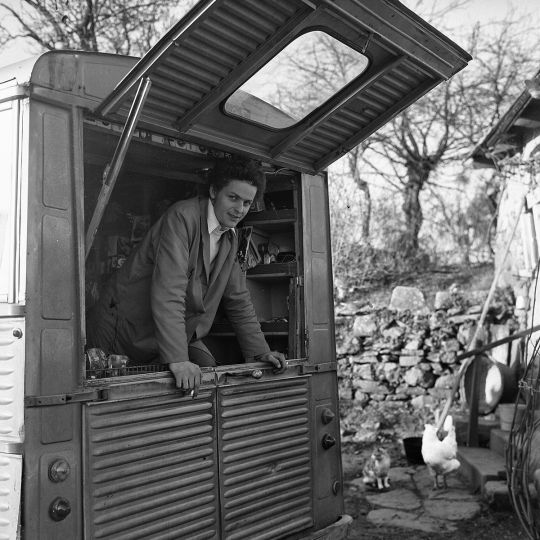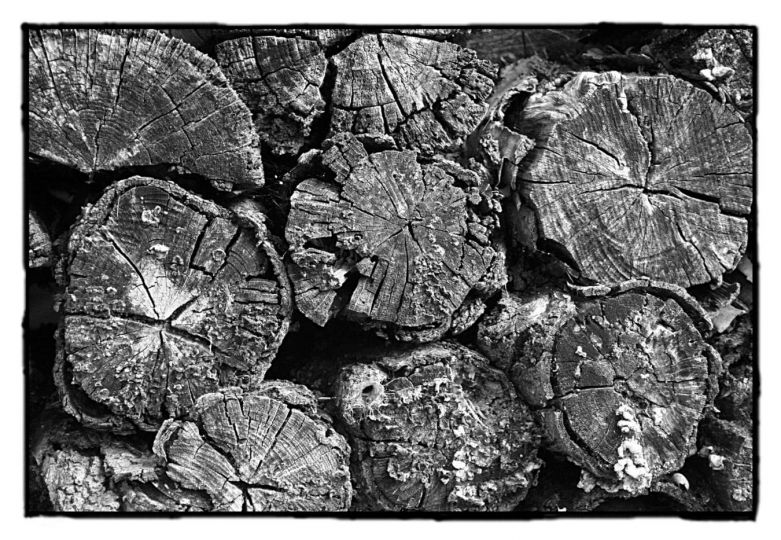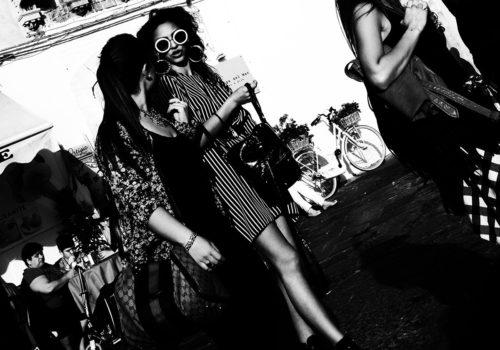Narrative Interventions in Photography, at the J. Paul Getty Museum, presents three contemporary artists whose work explores the concept of narrative, the subjectivity of storytelling, and the revision of history. Instead of recounting a straightforward story, artists Eileen Cowin, Carrie Mae Weems and Simryn Gill each use a combination of text and imagery to create works that play with the notion that narratives can be implied, real, or rewritten.
Narrative Interventions in Photography includes 34 objects primarily drawn from the Getty’s collection, including several recent gifts and acquisitions, along with a few select loans from local collections. The exhibition contains images that are intimate and shocking, puzzling and poignant. Each artist expresses a new narrative by altering literary objects in their works, either by mutilating books, inserting words, or shredding printed pages.
“These photographers are using images to reinterpret the world in philosophical, historical, and intensely personal ways,” explains the exhibition’s curator Anne Lyden, associate curator in the Department of Photographs at the Getty Museum.
Eileen Cowin
In her series of photographs I See What You’re Saying, Eileen Cowin (American, b.1947) explores the concept of storytelling and the need to strip away layers of obfuscation to arrive at the truth. Cowin, who lives and works in Los Angeles, has long been interested in storytelling in the media, in literature, in television, and on film, and was inspired by a program on National Public Radio that explored “the moral and ethical complications of lying.” The exhibition includes five large-scale color works—four of which are diptychs—which closely examine the subjective aspects of telling tales. The inkjet prints are close-up details of eyes and mouths—symbols of seeing and speaking—juxtaposed with literary objects. One photograph of a woman pressing a fork against her tongue is paired with an image of a mutilated book, where the jagged edges of the torn pages recall the tines of the fork. Such pairings are suggestive of the power and potential deceit of both the printed and spoken word. Cowin’s entire series of photographs has an enigmatic, seductive quality, giving the viewer a sense that the truth is just outside of the frame.
Carrie Mae Weems
Carrie Mae Weems’ (American, b.1953) series From Here I Saw What Happened and I Cried, consists of 33 prints based on portraits of African Americans from throughout the history of photography. Seventeen works in the series, many recently acquired by the Getty, will be on view. The images have been appropriated by Weems who enlarged them, saturated them in red or blue, and sandblasted her text onto the framed glass. Her etched words, which have a certain cadence and poetry as if they are meant to be heard aloud, directly counter the story of racial injustice and give voice instead to a commitment for political and cultural change. The photographs were created in 1995–96 as Weems’ response to an exhibition at the Getty Villa called Hidden Witness, featuring daguerreotypes depicting African Americans in the nineteenth century. Through the intervention of a new narrative to accompany historical photographs, this powerfully moving series continues to inspire and provoke.
Simryn Gill
Born in Singapore, raised in Malaysia and living in Australia, Simryn Gill (Singaporean, b.1959) questions the power and permanence of the written word. The exhibition includes 12 of the 16 photographs from Gill’s Forest series (1996-1998). The large gelatin silver prints document a lush tropical landscape in which printed pages, ripped and shredded, are re-inserted in natural settings. Pages of books and papers are shaped into leaves, tendrils, blossoms, and other organic structures and then attached to actual trees or plants in places near where she grew up. The literary materials are eclectic yet meaningful to the artist, ranging from novels and textbooks to cookbooks. Her work is a commentary about the impermanence of this narrative exercise. The artist may only be reclaiming a natural habitat for a short time as the pieces of paper that once made up the bound volumes will ultimately disintegrate in the forest.
“Together, these three artists encourage us to reconsider the stories that form our understanding of ourselves,” adds Lyden. “At the heart of it, they are investigating the existential questions of how we make our mark and define our world.”
Narrative Interventions complements Lyonel Feininger: Photographs, 1928-1939, on view at the same time. The exhibition includes the work of Bauhaus master László Moholy-Nagy, who combined text and images in a technique called Typophoto. The work of each of the contemporary photographers in Narrative Interventions expands on this concept to effectively communicate the messages of each of these modern women in the late twentieth century.
Narrative Interventions in Photography
Until March 11, 2012
The Getty Center
1200 Getty Center Drive
Los Angeles, California
















